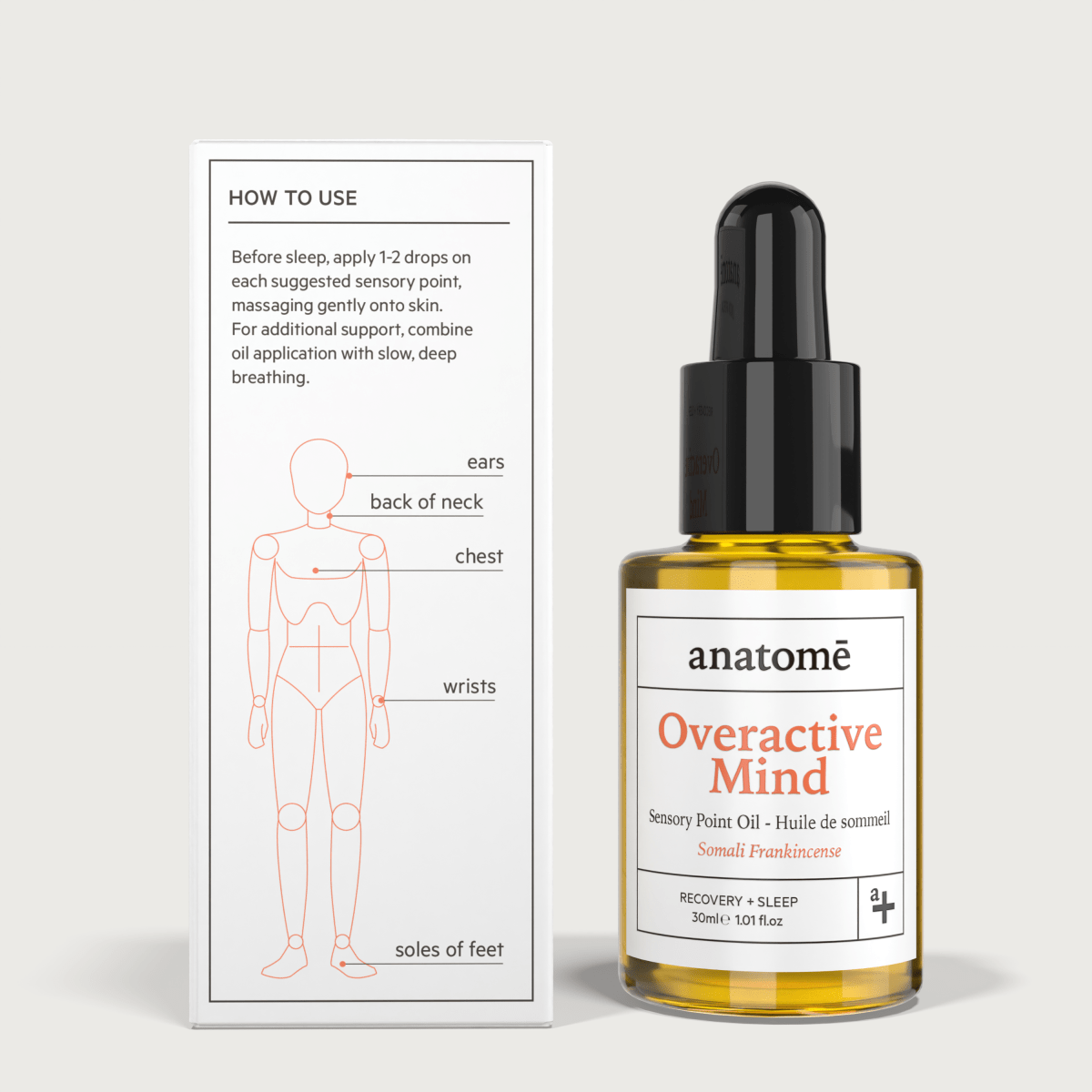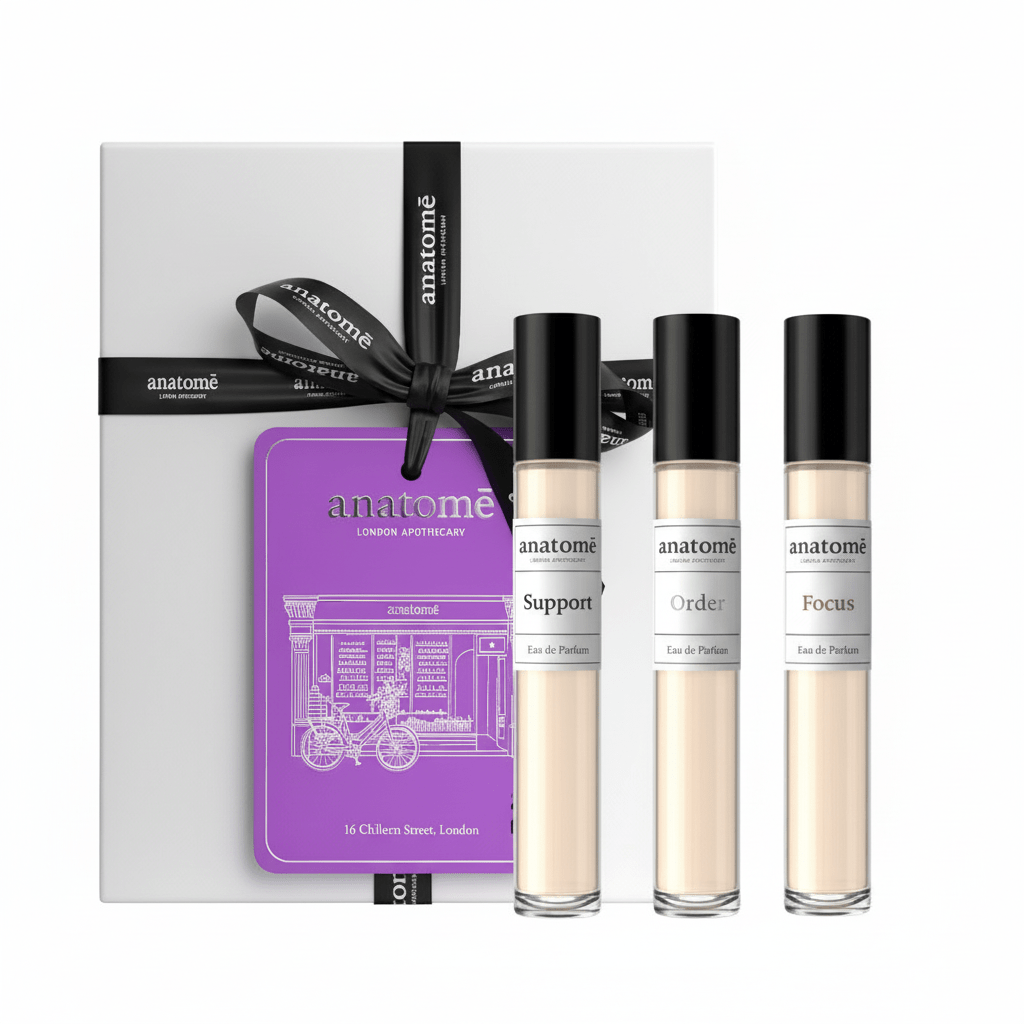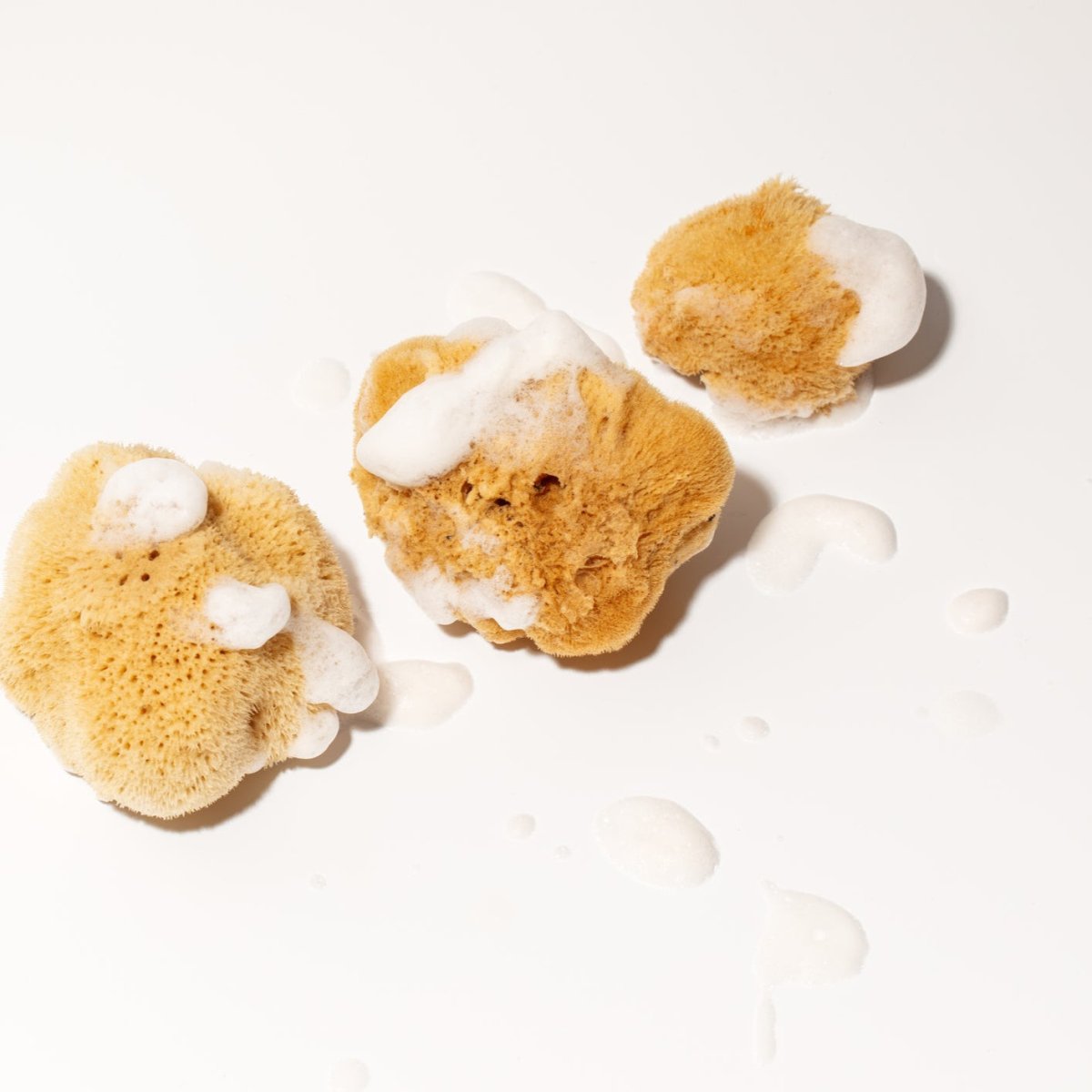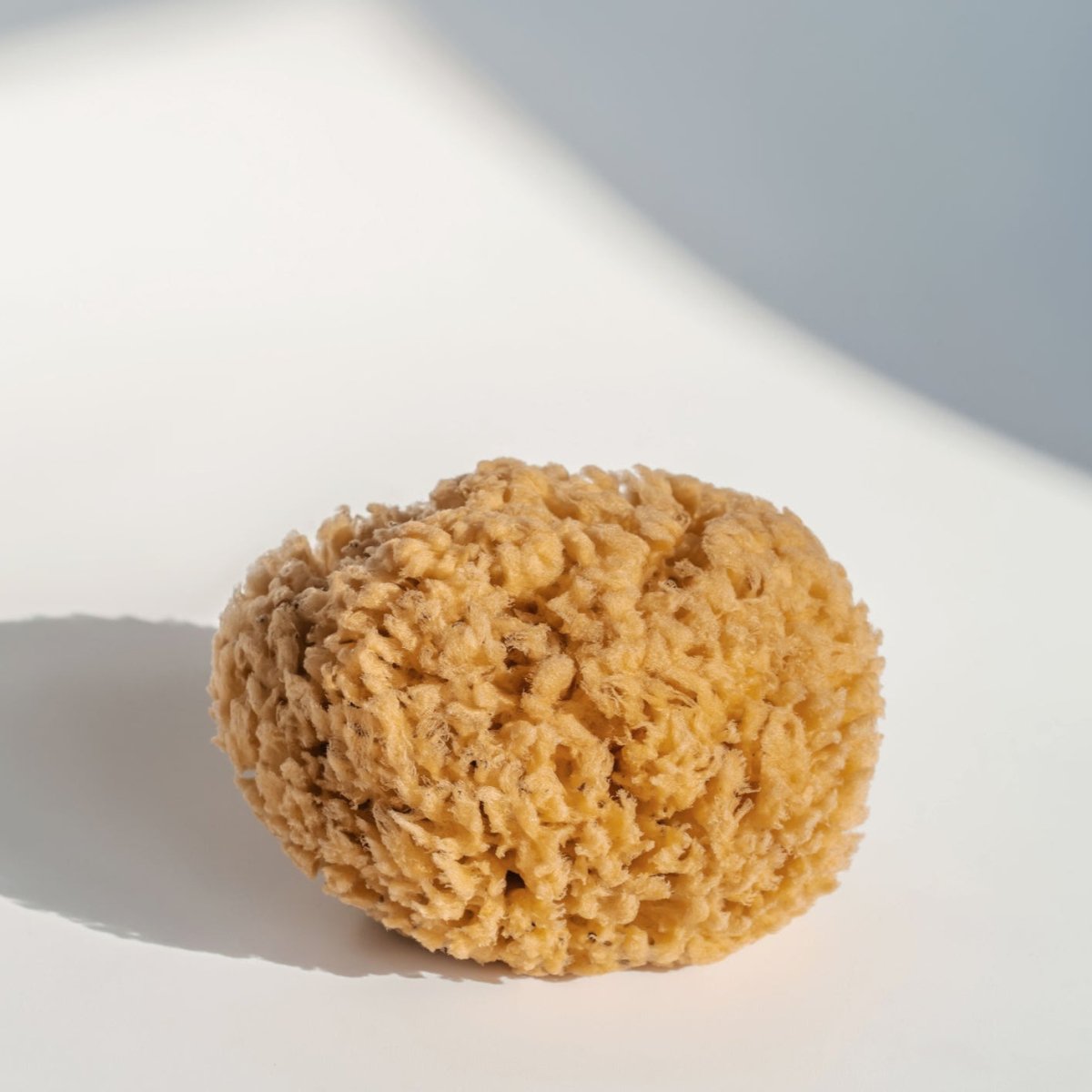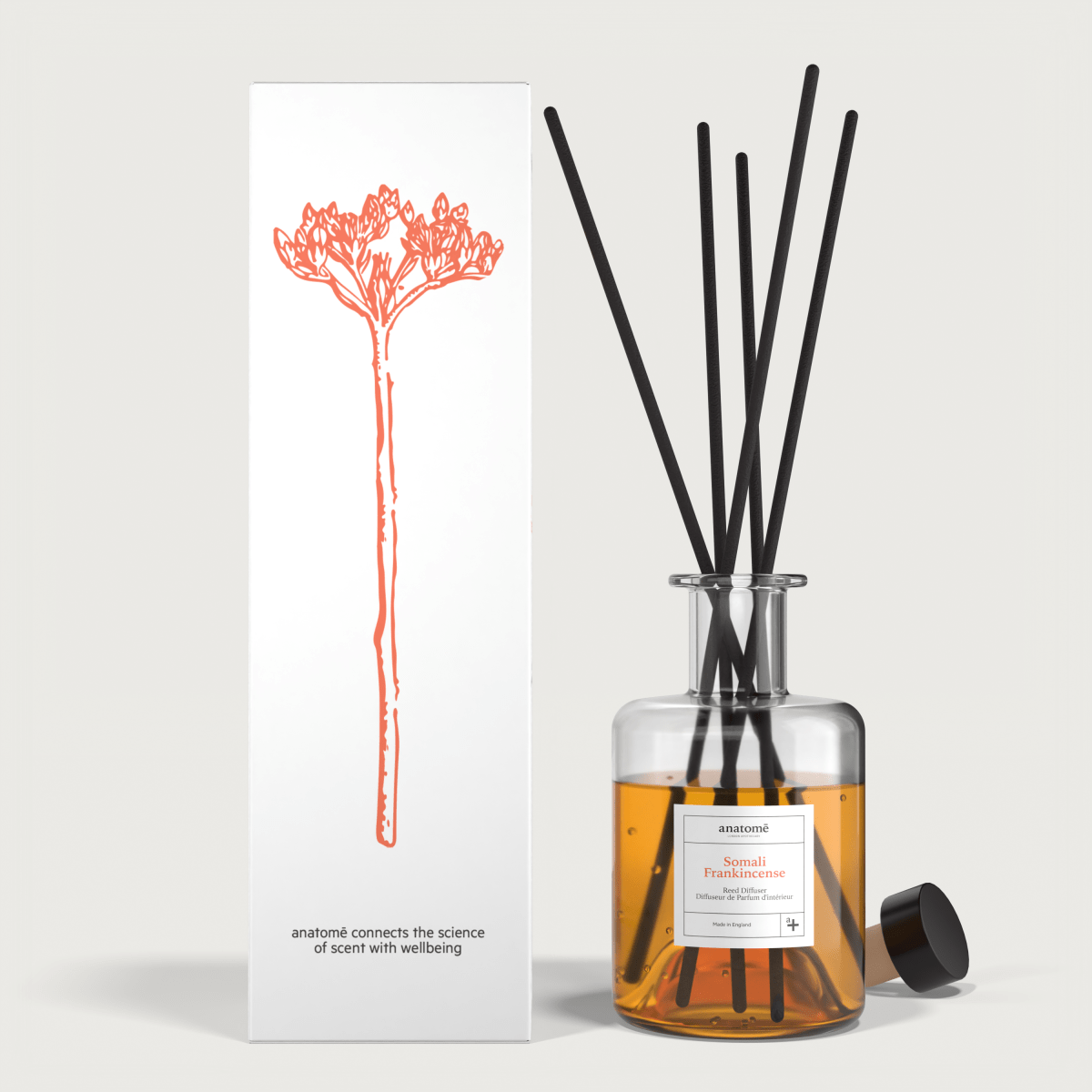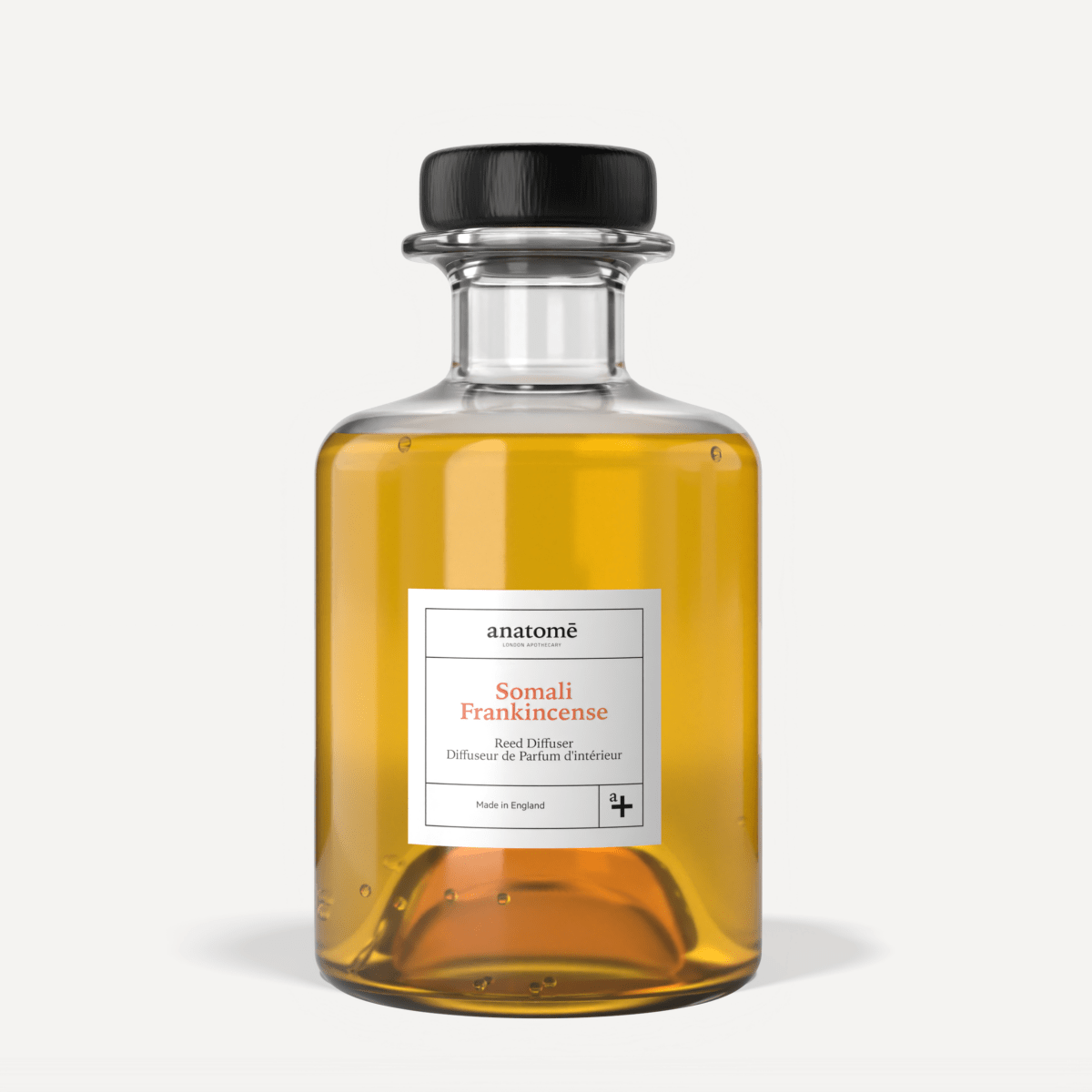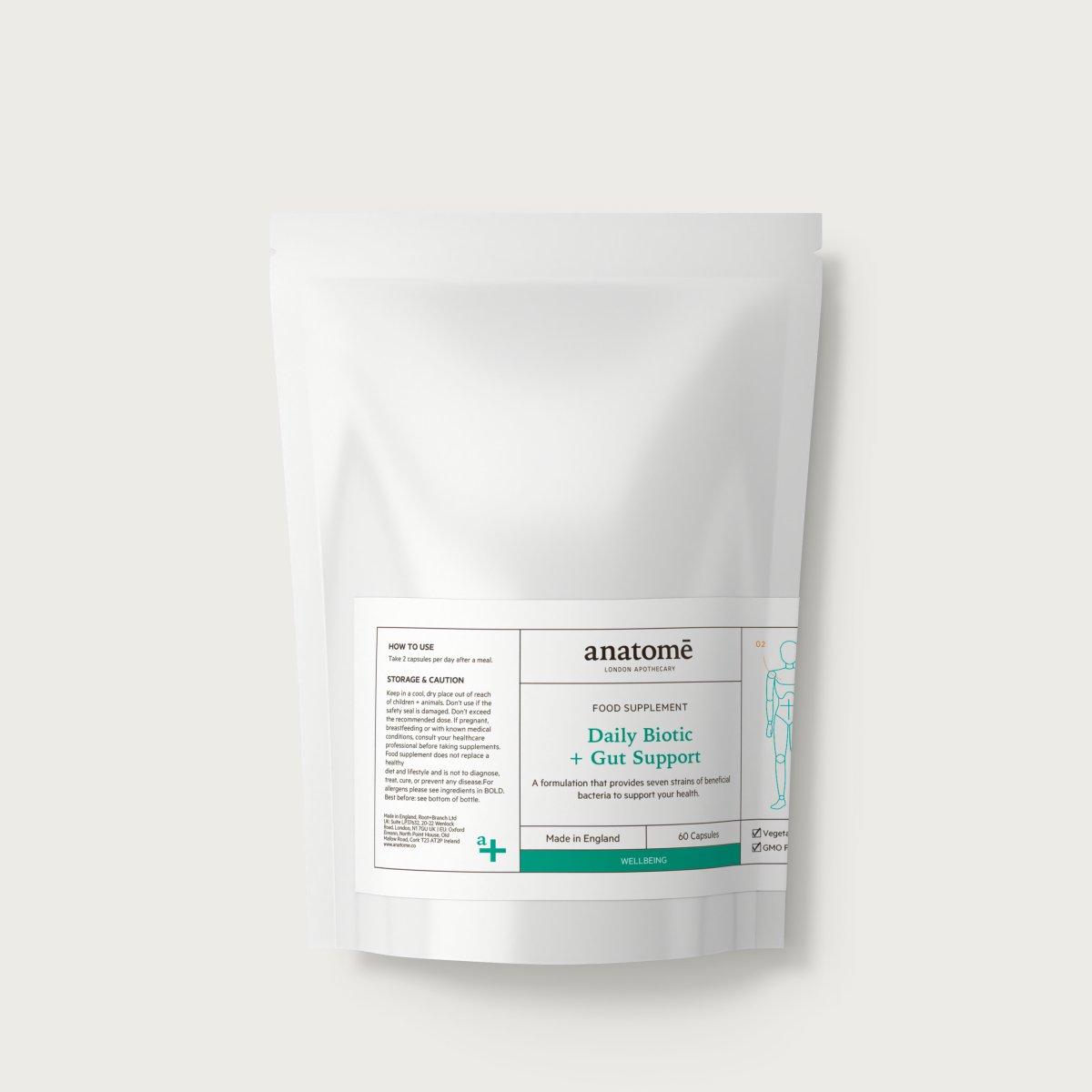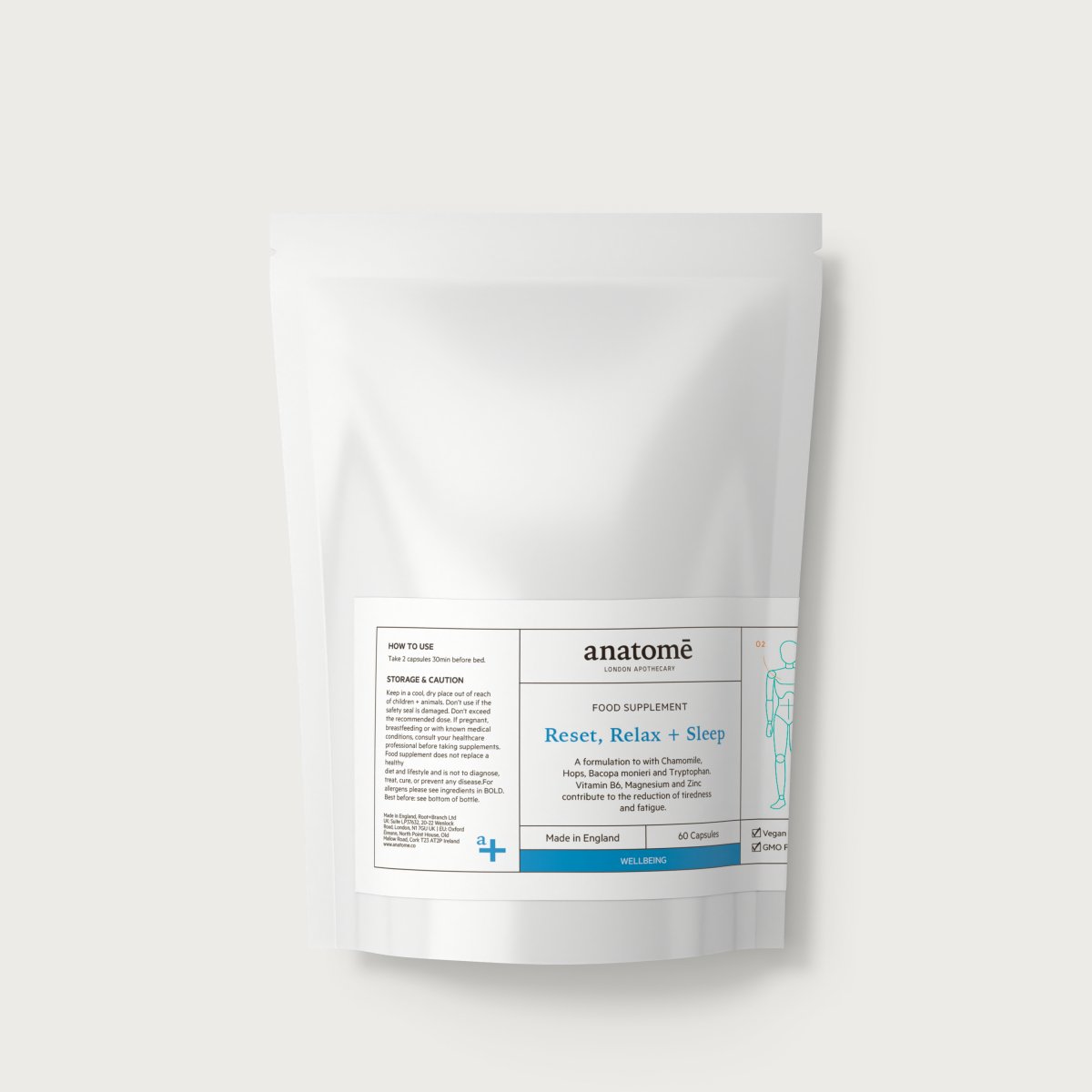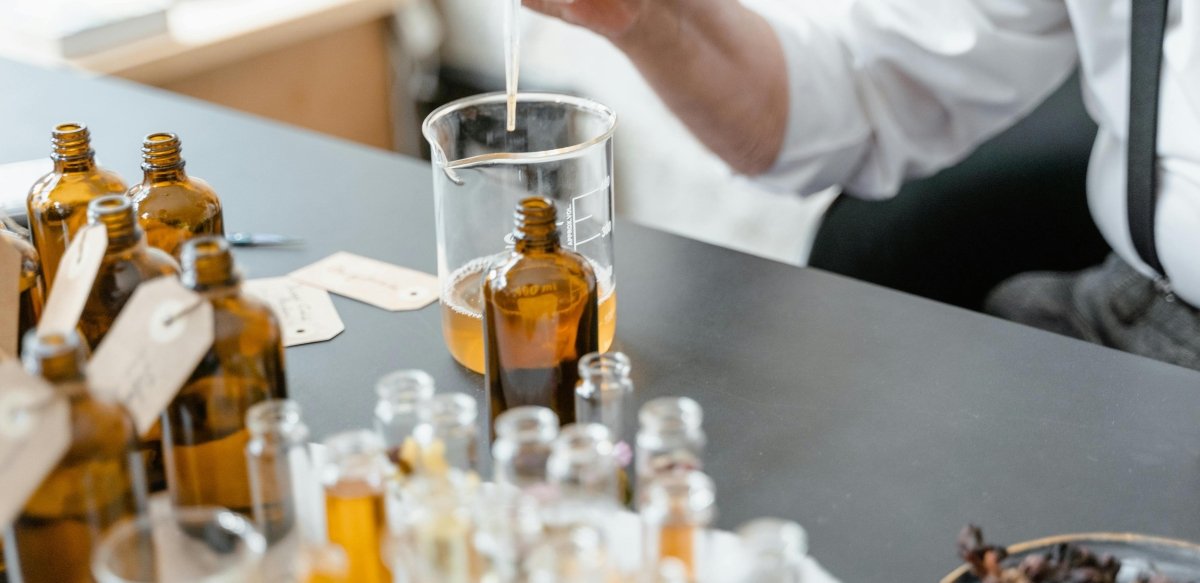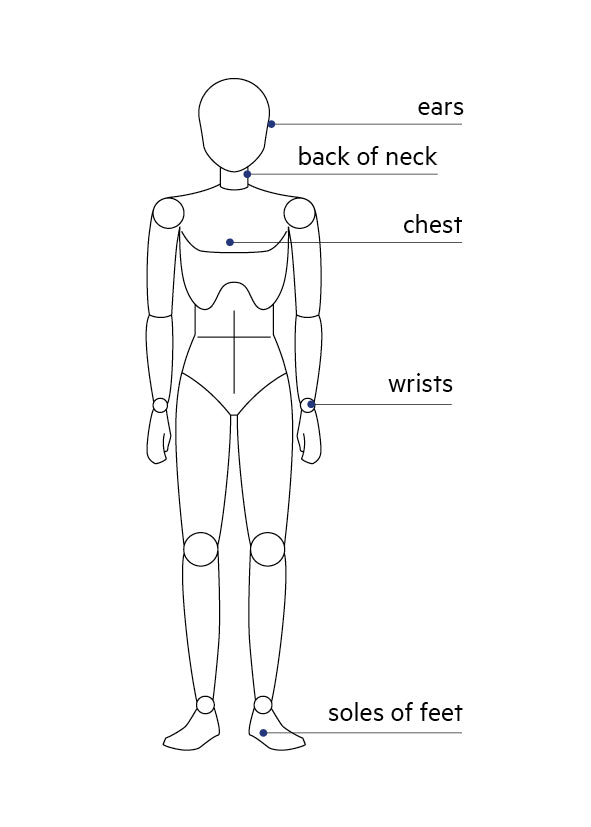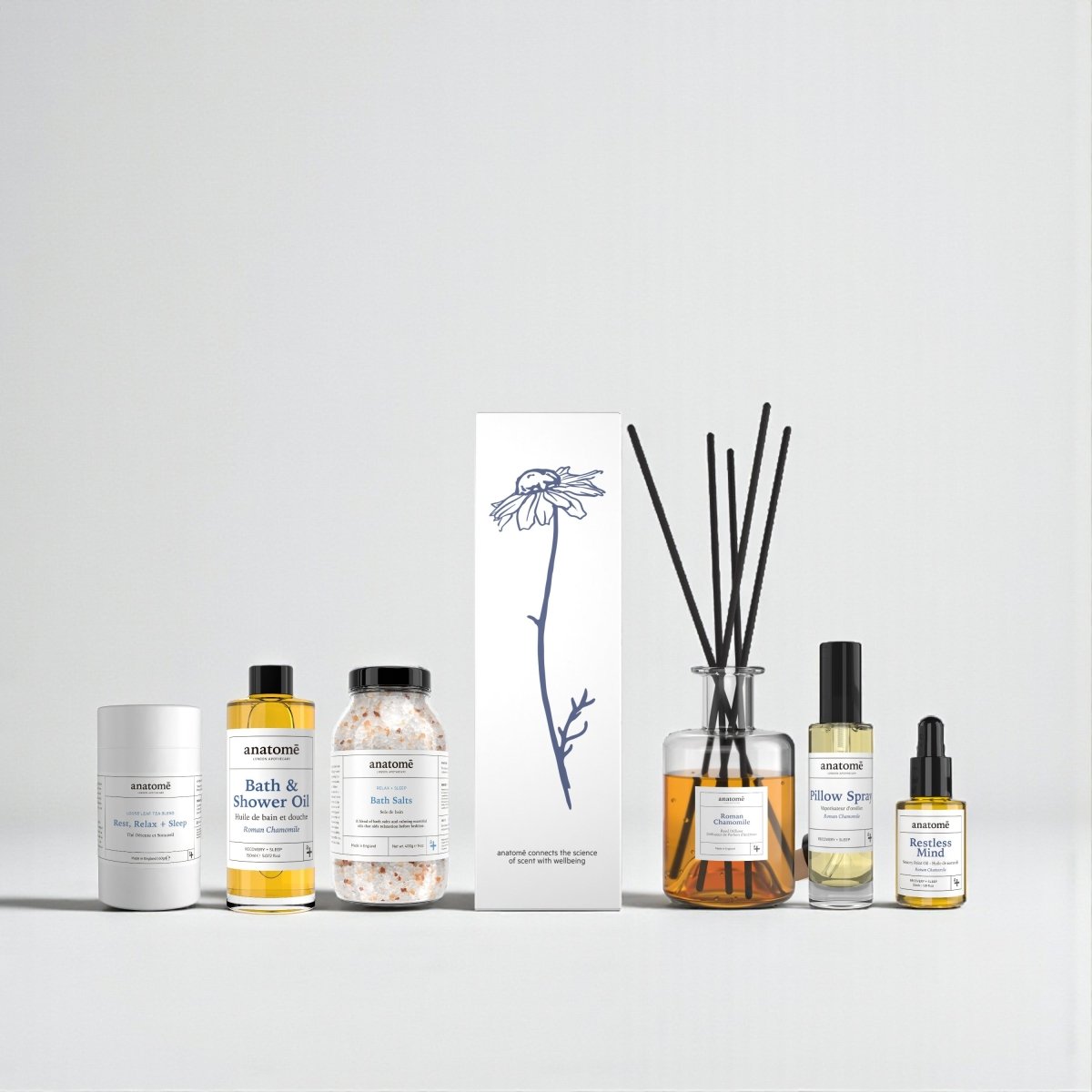Ayurveda is one of the oldest medicinal systems in the world. It began in India more than 3,000 years ago and is based on the holistic idea that health and wellness is a balance between the mind, body, and spirit. Each person has a distinct energy composition that makes them who they are and Ayurveda seeks to help maintain the balance between the mind, body and spirit.
Ayurvedic tradition was passed down orally through generations, so we have little idea of how it started. Some scholars assert that Ayurvedic tradition began in prehistoric times and that it developed significantly in the latter portion of BCE (1). Ayurvedic texts like Sushruta Samhita begin with accounts of the transmission of medical knowledge from the gods to sages, and then to human physicians (2).
The Ayurvedic system is less about curing disease and more about preventing it through balance of the Doshas, or energies, within the body. Energy is needed in the body in order to move fluids and nutrients to the cells, to metabolize those nutrients within the cells, and to maintain the structure of the cell. In Ayurvedic tradition, these three actions within the body have their own energy. Vata, the energy of movement, kick-starts that process of getting fluids to the cells, while Pitta is the energy of digestion/metabolism that helps the nutrients absorb into the cells and Kapha, the energy of lubrication and structure, helps to maintain the cell’s structure.
Everyone has all three energies within their body and contain the qualities of the doshas, but there is usually a primary, second, and a less prominent third. In Ayurvedic tradition, the cause of disease is usually seen as imbalance that has led to improper cellular function, or has been caused by toxins. These imbalances can be internal or external, from stress, diet, exercise, the season, weather, or relationships. Once you understand the doshas more in depth and are able to understand what is causing the imbalance, you can begin to correct it.
Vata
Vata is the energy of movement and is usually associated with space and air. In Ayurveda, it is what governs our breath, blinking, muscle and tissue movement and our heartbeat. When it is in balance, it promotes creativity and flexibility, but out of balance, it produces fear and anxiety. Symptoms of a Vata imbalance include flatulence, tics, twitches, aching joints, dry skin and hair, nerve disorders, constipation, and mental confusion.
If you have a Vata imbalance, it is recommended that you eat warm, nourishing foods since Vata is a cold, dry dosha. The five S’s for a Vata imbalance are salty, sour, sweet, soothing and satisfying in order to help correct this imbalance. Foods like warm milk, cream, butter, stews, fresh bread, raw nuts and nut butters are good for a Vata imbalance. The general guidelines when eating with this dosha out of balance are to keep it warm, keep calm, avoid cold foods and weather, eat warming foods and spices, to keep a regular routine and to get plenty of rest (3).
Pitta
Pitta is the energy of digestion and metabolism, usually associated with fire and water. In Ayurveda, this dosha is in charge of digestion, absorption, assimilation, nutrition, metabolism and body temperature. When in balance, it promotes understanding and intelligence, but when out of balance, arouses anger, hatred and jealousy. Symptoms of a Pitta imbalance include skin rashes, burning sensation, ulceration, fever, inflammations or irritations such as conjunctivitis, colitis or sore throats.
If you have a Pitta imbalance, it is recommended that you eat cool or warm foods that have heavy textures. Foods like salads, milk, herbal tea, cereal, ice cream, apple tea. Vegetarianism is recommended for Pittas since consuming meat tends to heat the body from fat and is harder to digest. The general guidelines when eating for a Pitta imbalance are avoid heat, excessive oil, excessive steam, limit your salt intake, eat cooling, non-spicy foods, exercise while it’s still cool out and get plenty of rest (3).
Kapha
Kapha is the energy of lubrication and structure, usually associated with earth and water. In Ayurveda, this dosha lubricates joints, moisturizes the skin, and maintains immunity. When in balance, it is expressed as love, calmness and forgiveness. Out of balance, it leads to attachment, greed and envy. Symptoms of a Kapha imbalance include, sluggishness, excessive sleep or difficulty waking up, over-eating, or turning to food for emotional comfort, and water retention in the body.
If you have a Kapha imbalance, it is recommended to eat foods that will invigorate the mind and limit their overall intake of food. Most guidelines encourage bitter, astringent and pungent tastes, but it’s more about what you should avoid if you have a Kapha imbalance. Kapha imbalance diets should avoid sugar, fats, dairy products, chilled foods and drinks, and only use oils in moderation. The general guidelines for an imbalance in this dosha are to avoid heavy foods, iced food and drinks, dairy products, oil and fat, and to get lots of exercise, vary your routine, keep very active, no daytime naps, and to eat light, dry foods (3).
Top Ayurvedic herbs
Now that you have a good understanding of the dosha system and how to eat for an imbalance of each, we’ll take you through the top 3 Ayurvedic herbs and what they can do for you.
Ashwagandha
Ashwagandha is an herb found in dry areas of India, as well as Yemen, China, and Nepal. As an adaptogen, it helps your body adapt to the changes in your everyday life. It’s currently being studied by western scientists to find scientific backing for its long-established benefits in Ayurveda. They’ve discovered that ashwagandha helps your body balance your cortisol levels and reduces your stress and anxiety (5). It may be able to enhance muscle growth, memory, and male fertility, as well as lower blood sugar levels, but more studies are needed to confirm the benefits (6,7,8,9).
Boswellia
Boswellia is the tree from which Frankincense is derived. It is well known as an anti-inflammatory and Western medicine has been studying it to confirm the benefits in Ayurveda. Scientists have found that it is an effective anti-inflammatory, it helps to reduce pain, increase mobility, prevents infections and may be an effective replacement for non-steroidal anti-inflammatory drugs (10,11,12,13,14,15).
Turmeric
Turmeric root and the spice are well known for being a part of Indian cuisine. The main active compound in turmeric is curcumin, which has powerful antioxidant and anti-inflammatory properties. Recent studies have found that it may be a more effective anti-inflammatory than drugs, and it comes without the side effects (16). Some research has found that it may be as effective as the common drug Prozac at treating depression (17). Also it may help to prevent heart disease due to its ability to improve blood flow (18,19,20).
Current studies have been confirming the long known benefits of common Ayurvedic herbs, so when looking into the balance of your doshas, you can rest easy knowing that you’re helping to improve your wellbeing.
References:
- https://books.google.com/books?id=CA7vAwAAQBAJ&pg=PA23#v=onepage&q&f=false
- https://www.ayurveda.com/
- https://www.banyanbotanicals.com/info/ayurvedic-living/learning-ayurveda/intro-to-ayurveda/
- https://pubmed.ncbi.nlm.nih.gov/19789214/
- https://pubmed.ncbi.nlm.nih.gov/11116534/
- https://pubmed.ncbi.nlm.nih.gov/26609282/
- https://www.ncbi.nlm.nih.gov/pmc/articles/PMC3757622/
- https://pubmed.ncbi.nlm.nih.gov/19789214/
- https://www.ncbi.nlm.nih.gov/pubmed/27117114
- https://www.ncbi.nlm.nih.gov/pubmed/21992439/
- https://www.ncbi.nlm.nih.gov/pubmed/26728196
- https://www.ncbi.nlm.nih.gov/pmc/articles/PMC3304380/
- https://www.ncbi.nlm.nih.gov/pubmed/29622343
- https://www.ncbi.nlm.nih.gov/pubmed/12622457
- https://www.ncbi.nlm.nih.gov/pubmed/19594223
- https://pubmed.ncbi.nlm.nih.gov/17044766/
- https://pubmed.ncbi.nlm.nih.gov/19233493/
- https://pubmed.ncbi.nlm.nih.gov/23146777/
- https://pubmed.ncbi.nlm.nih.gov/22481014/

